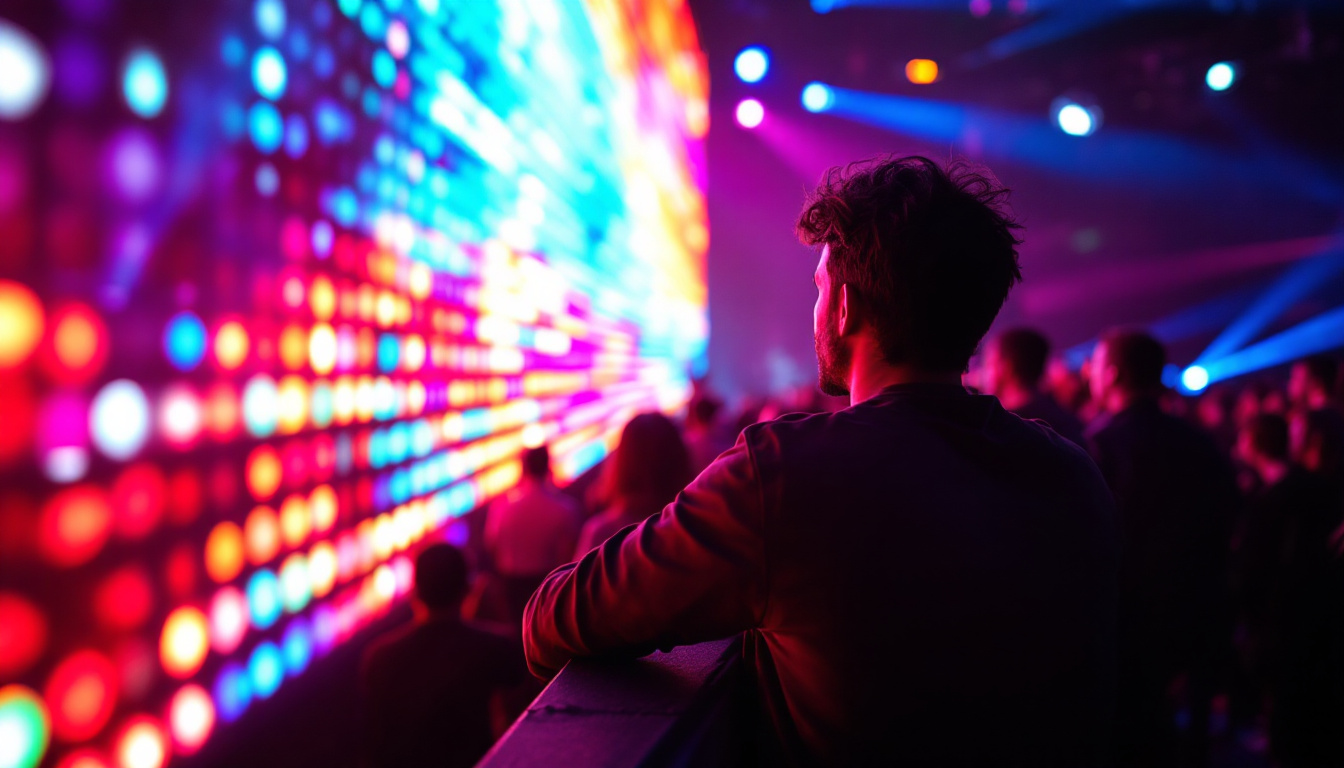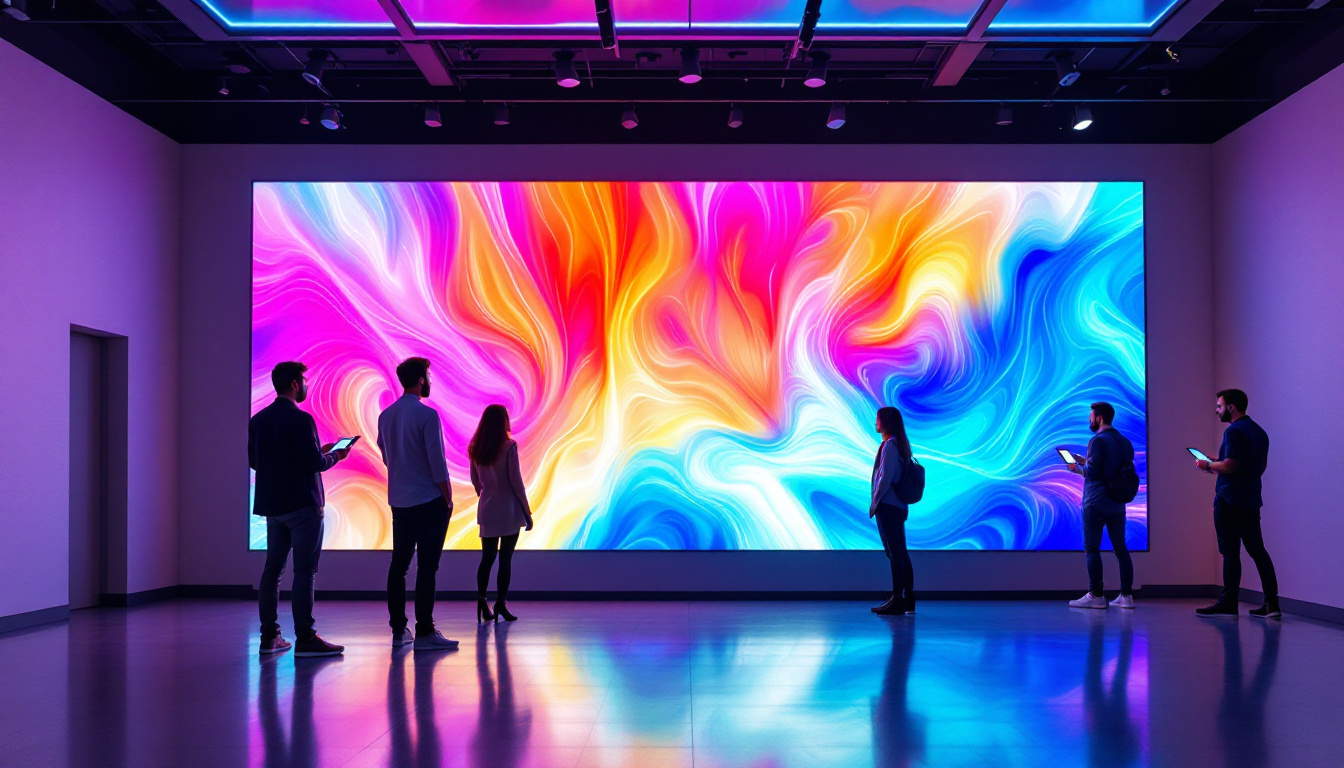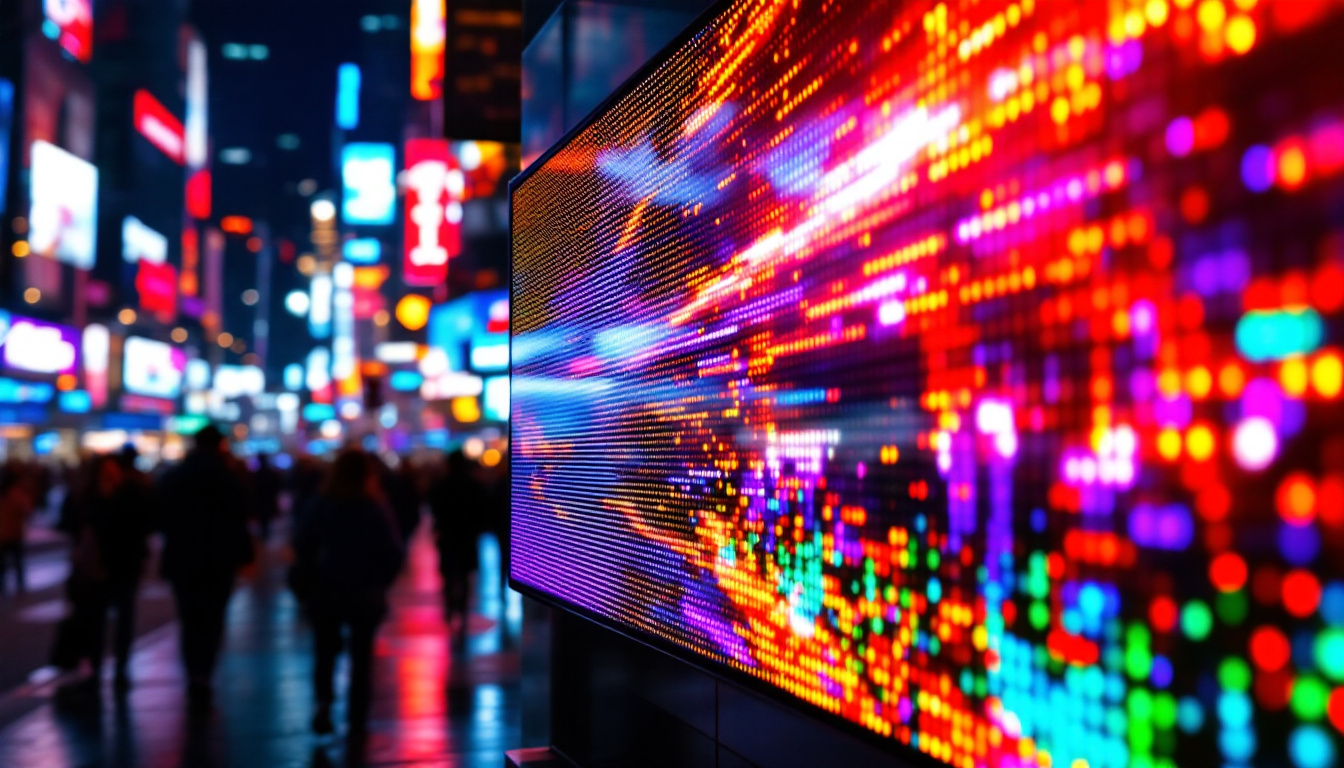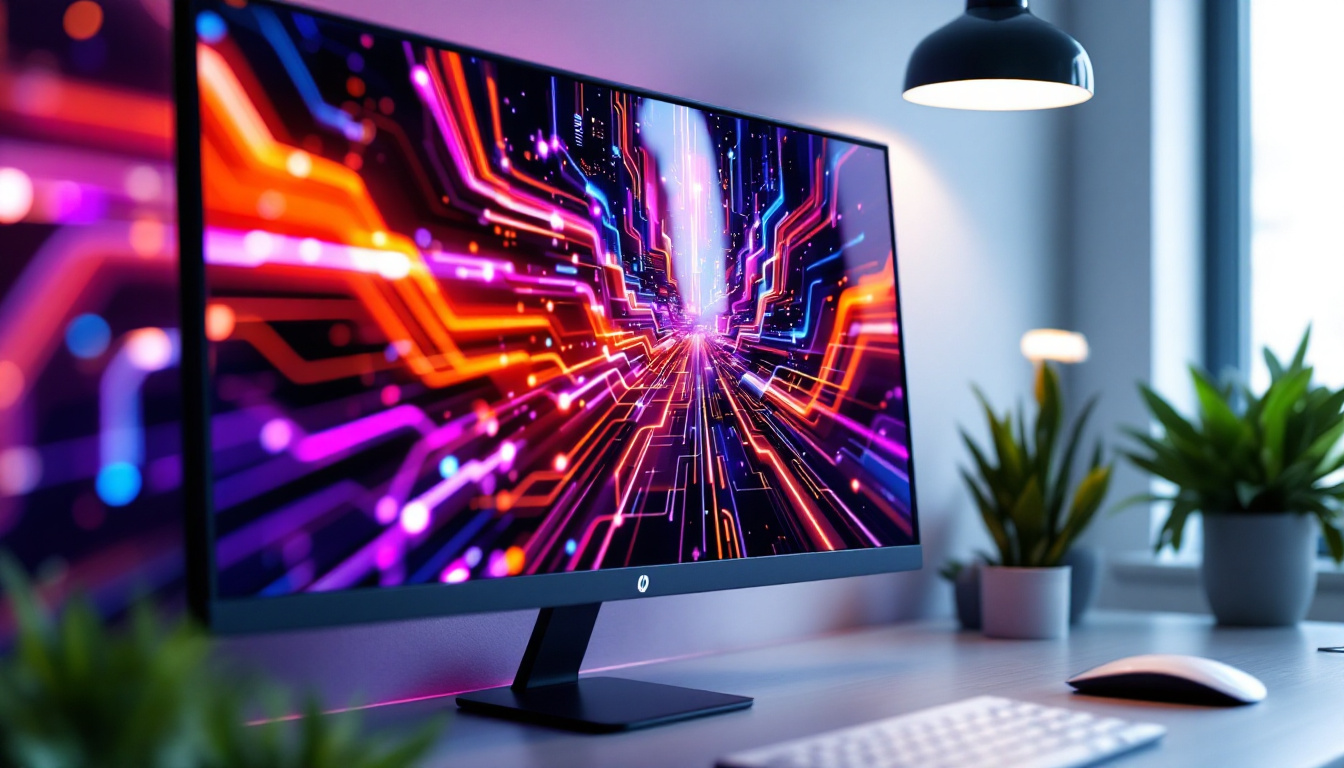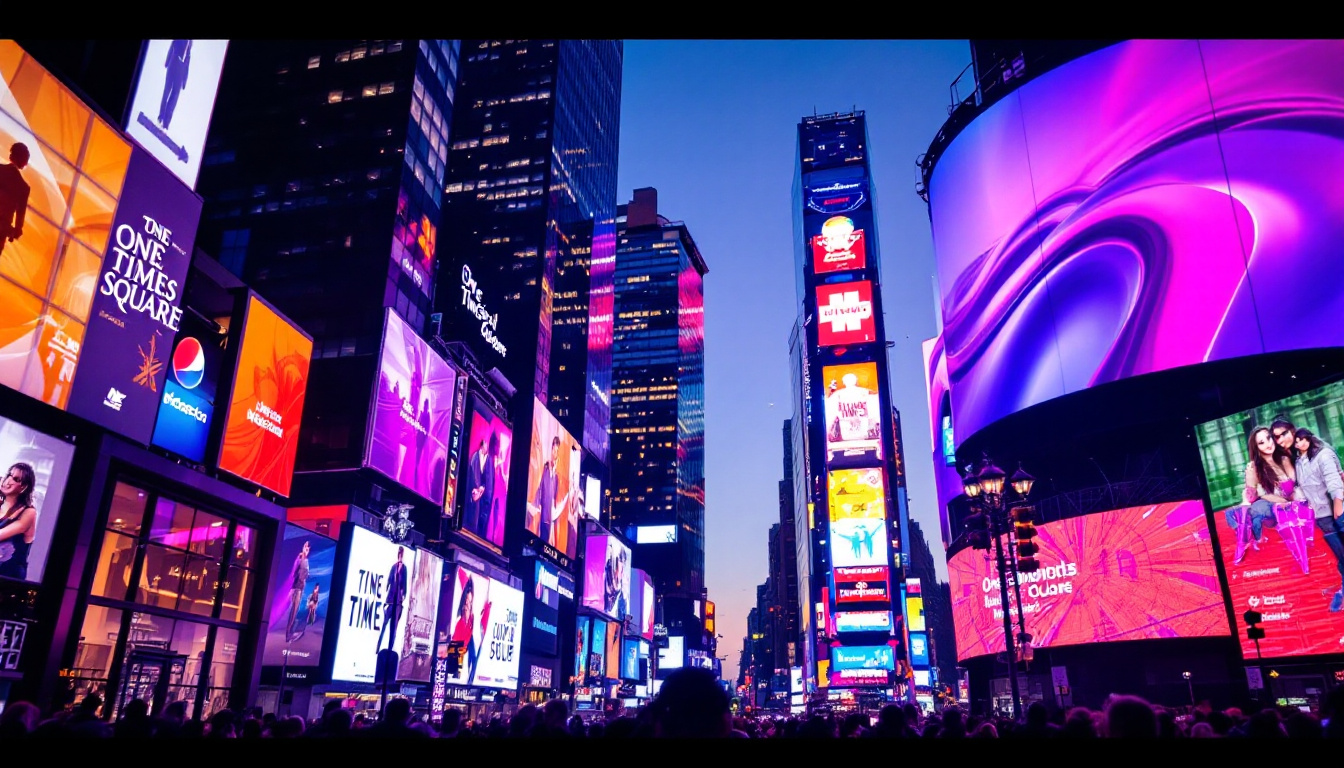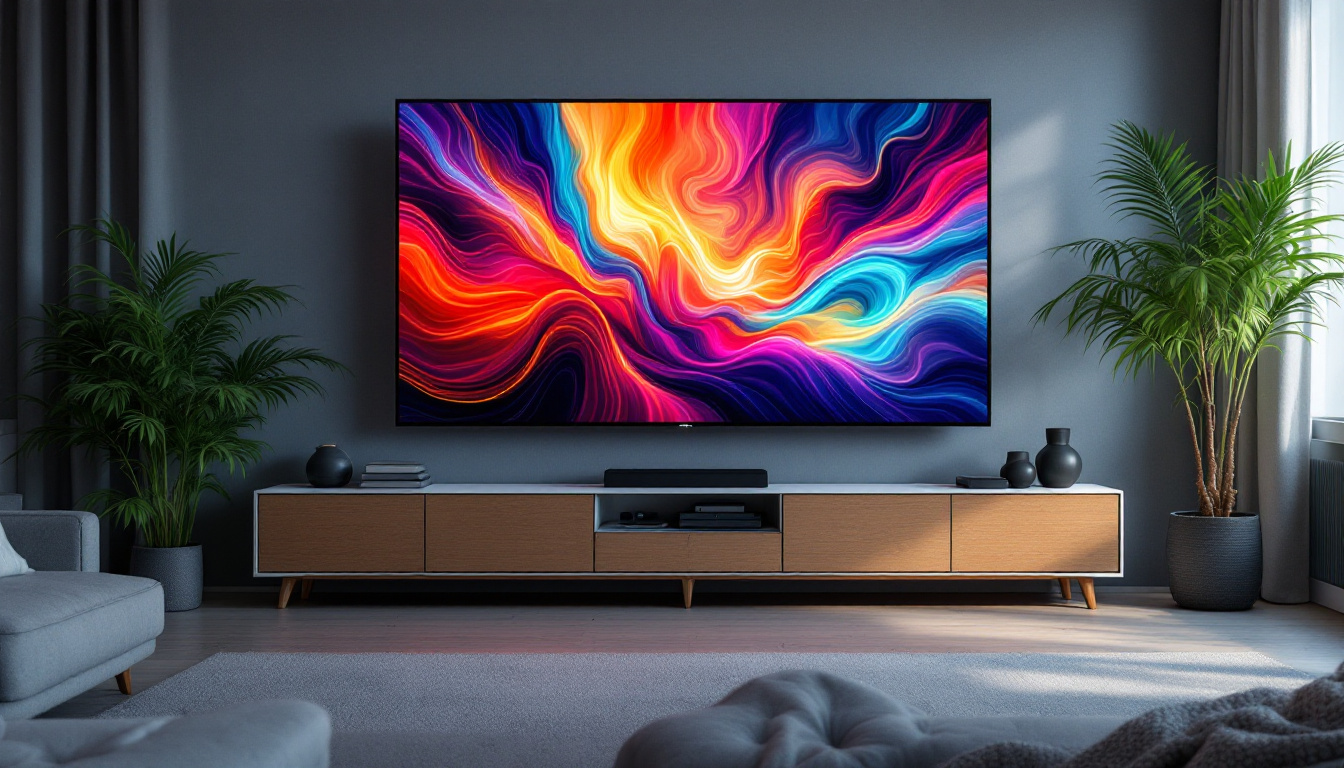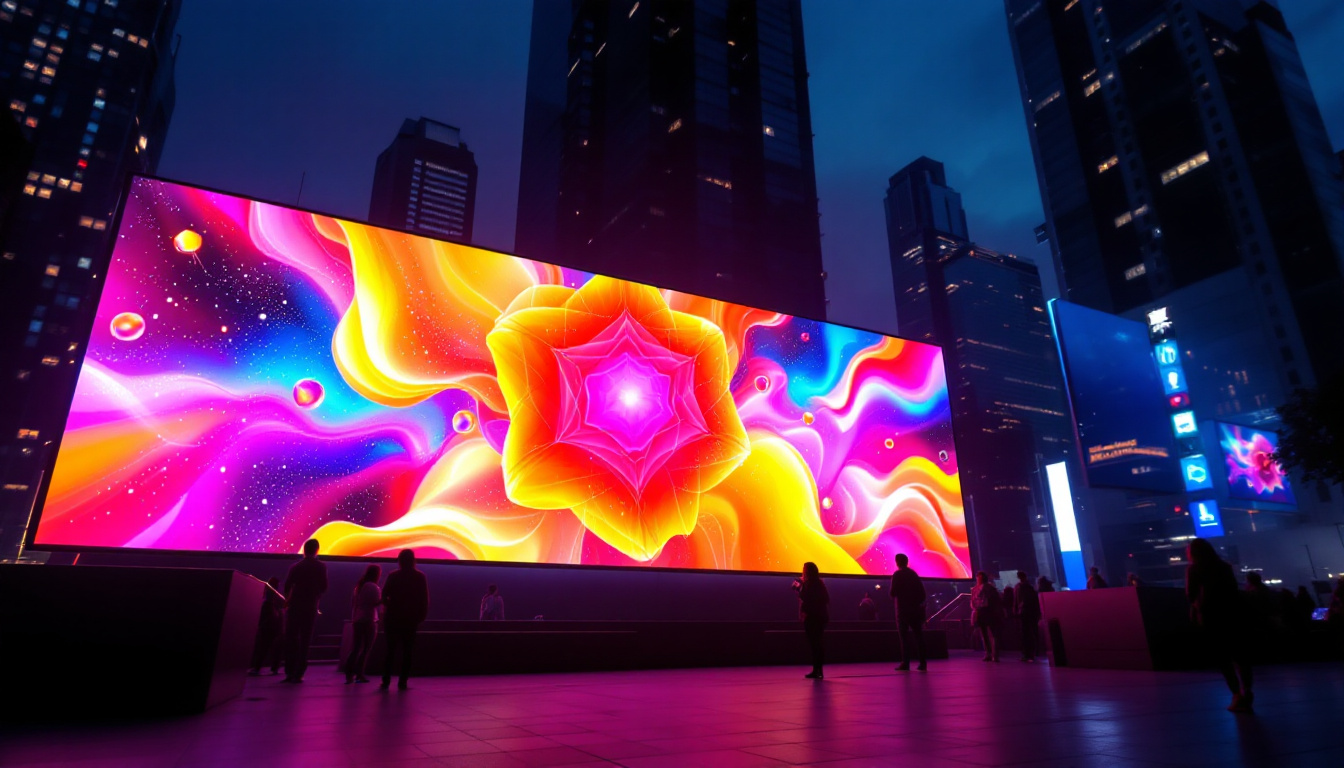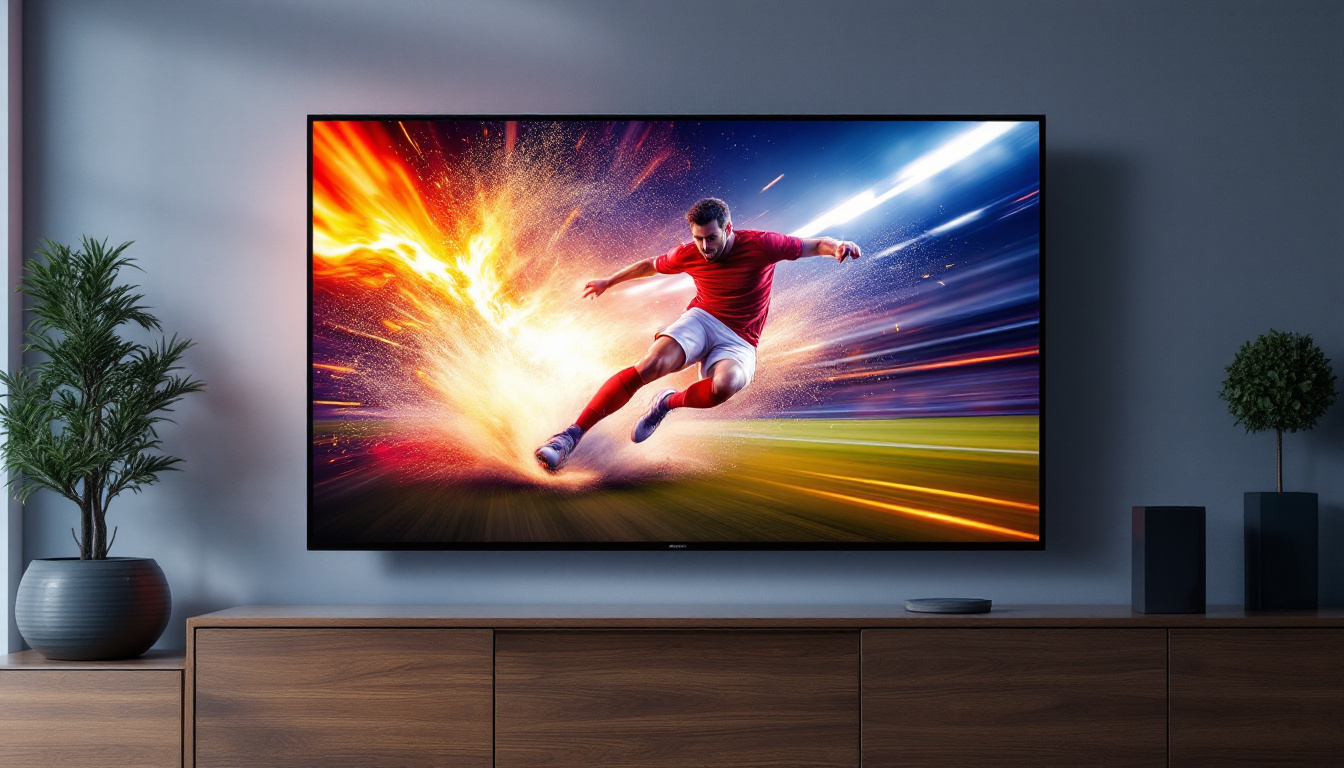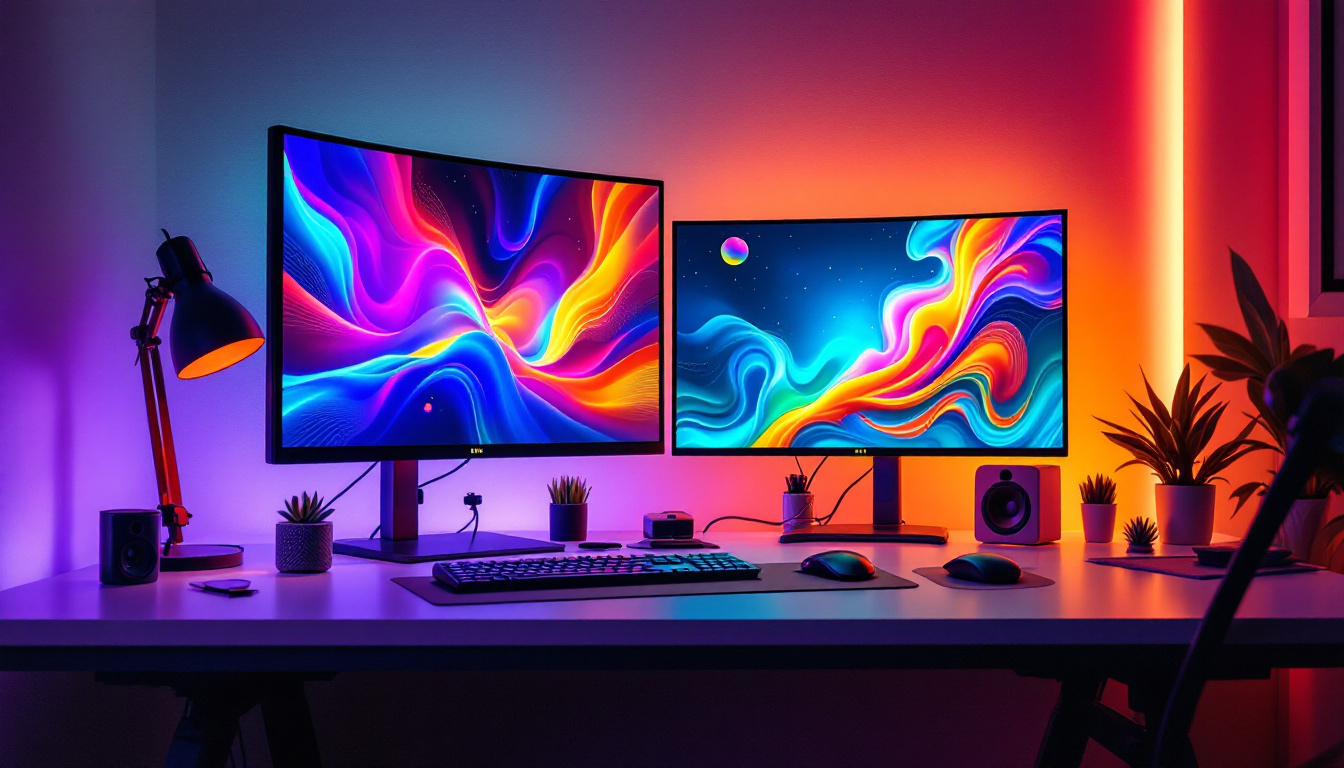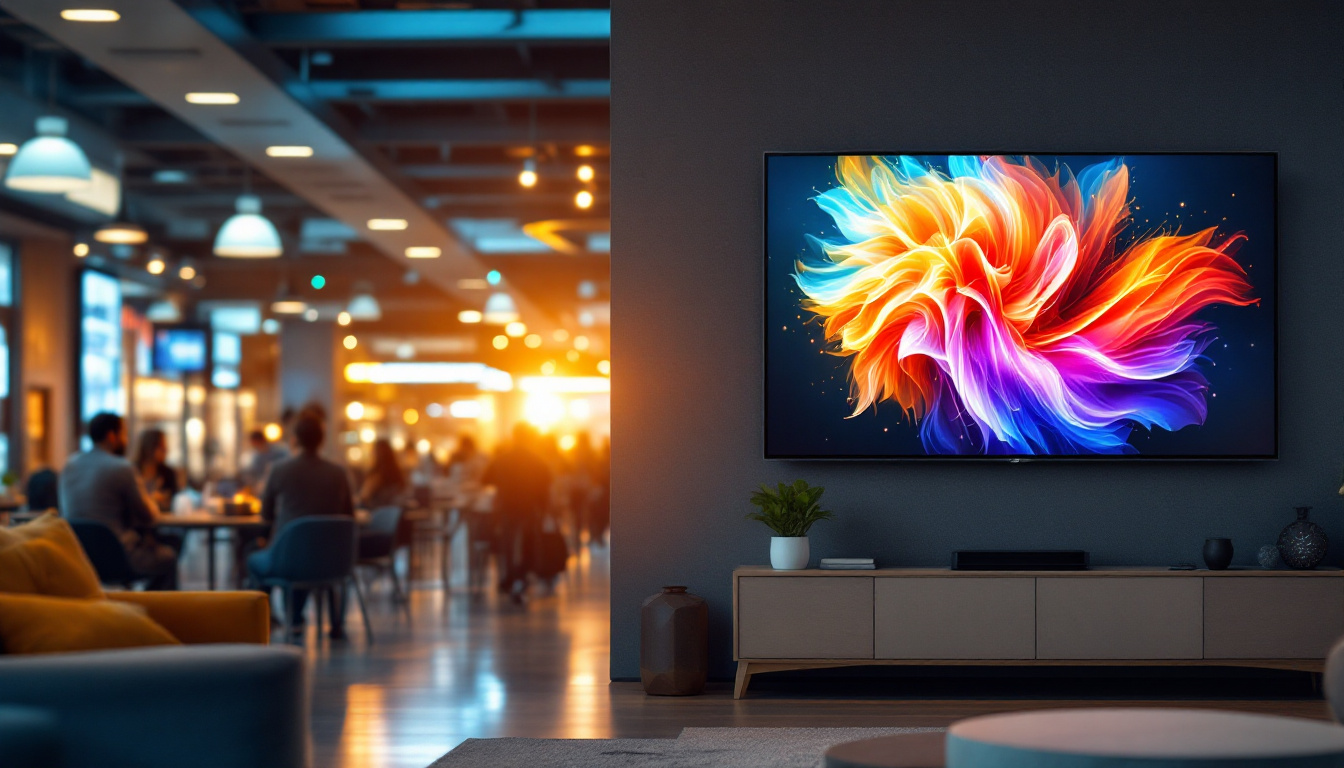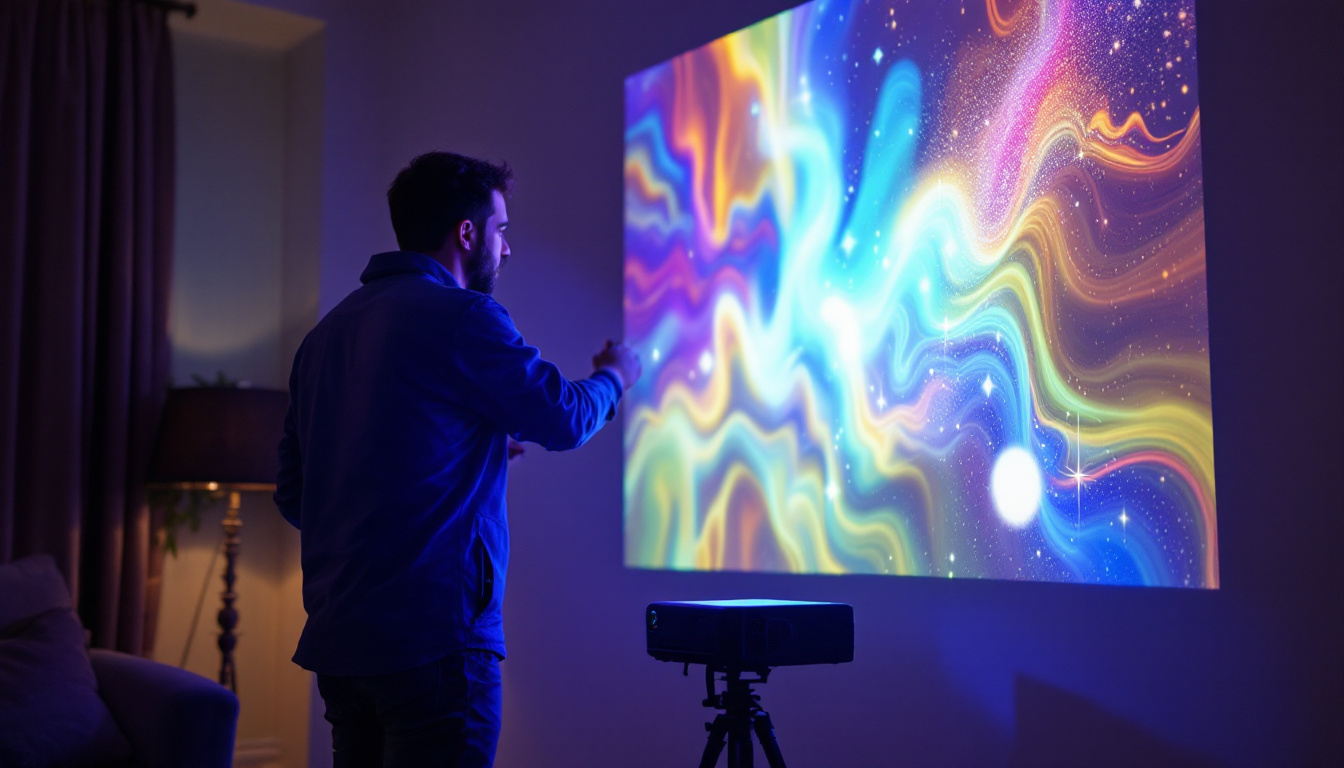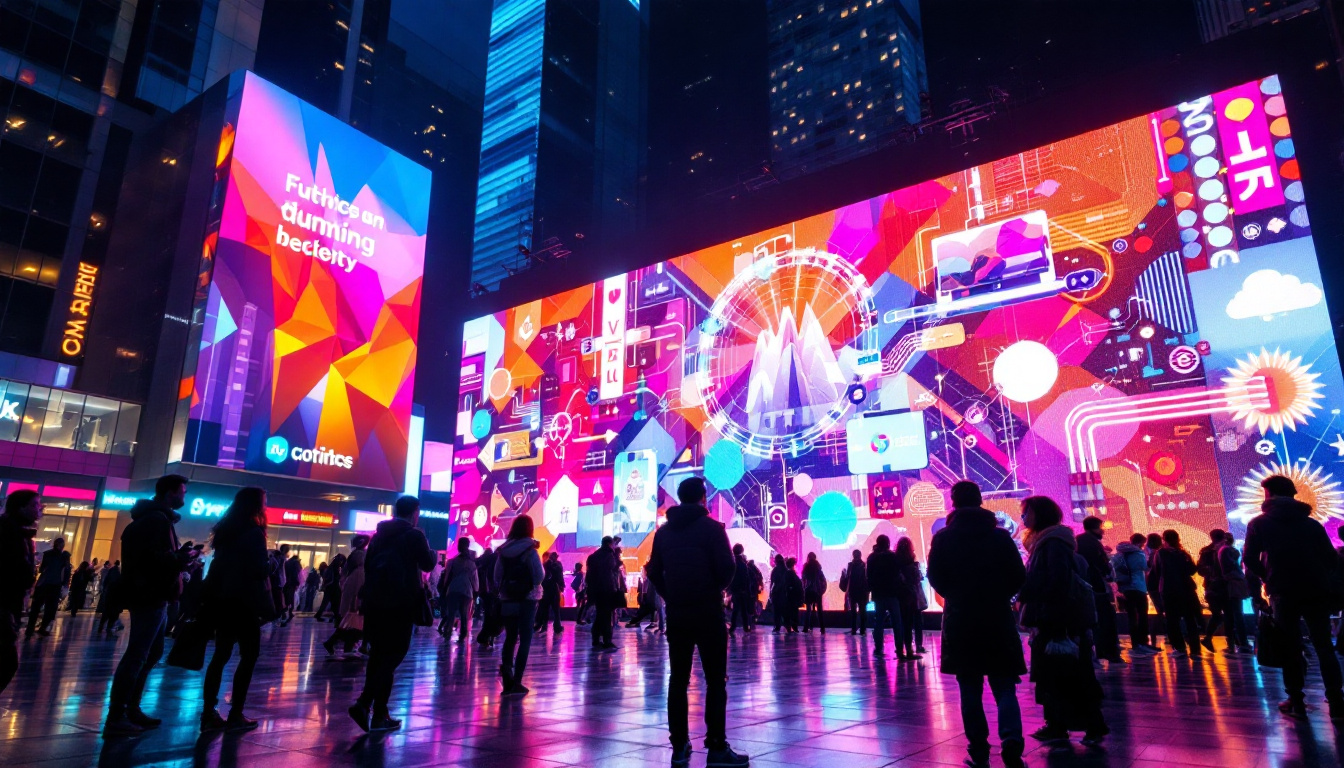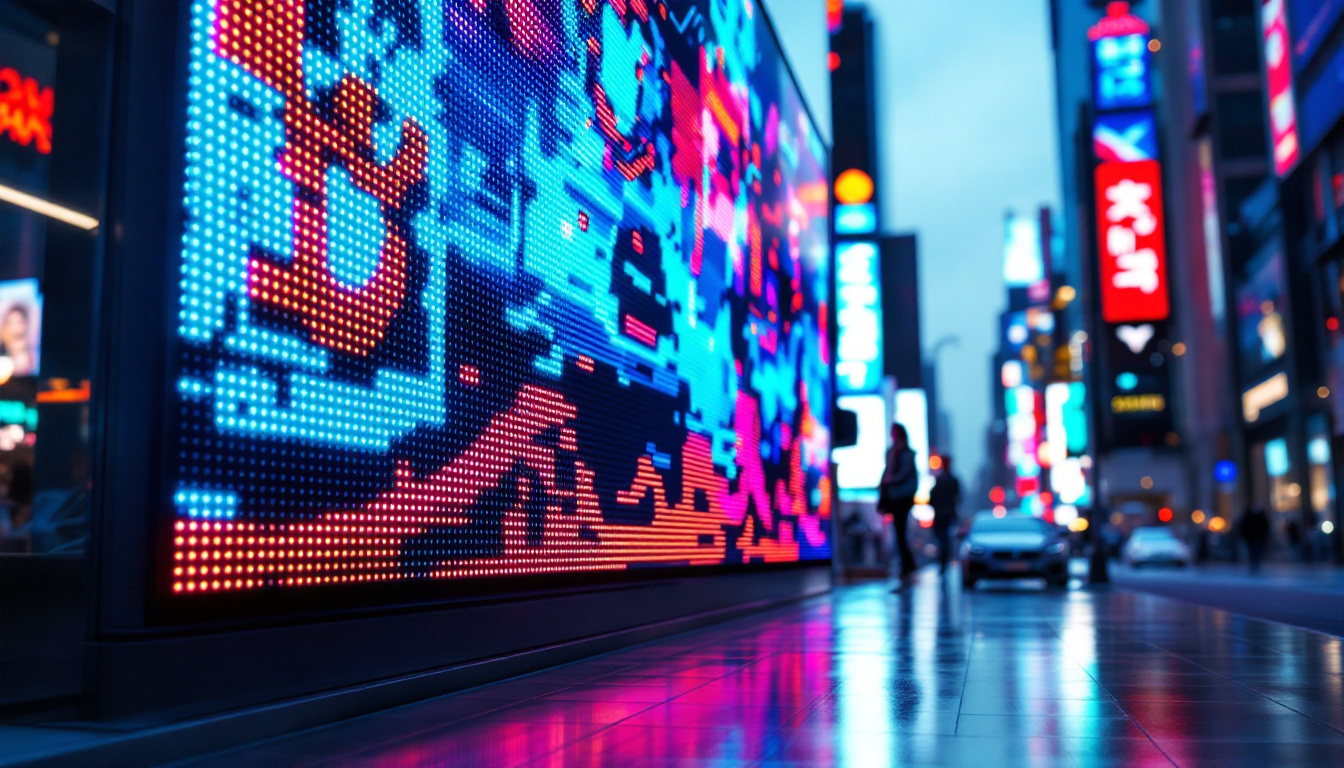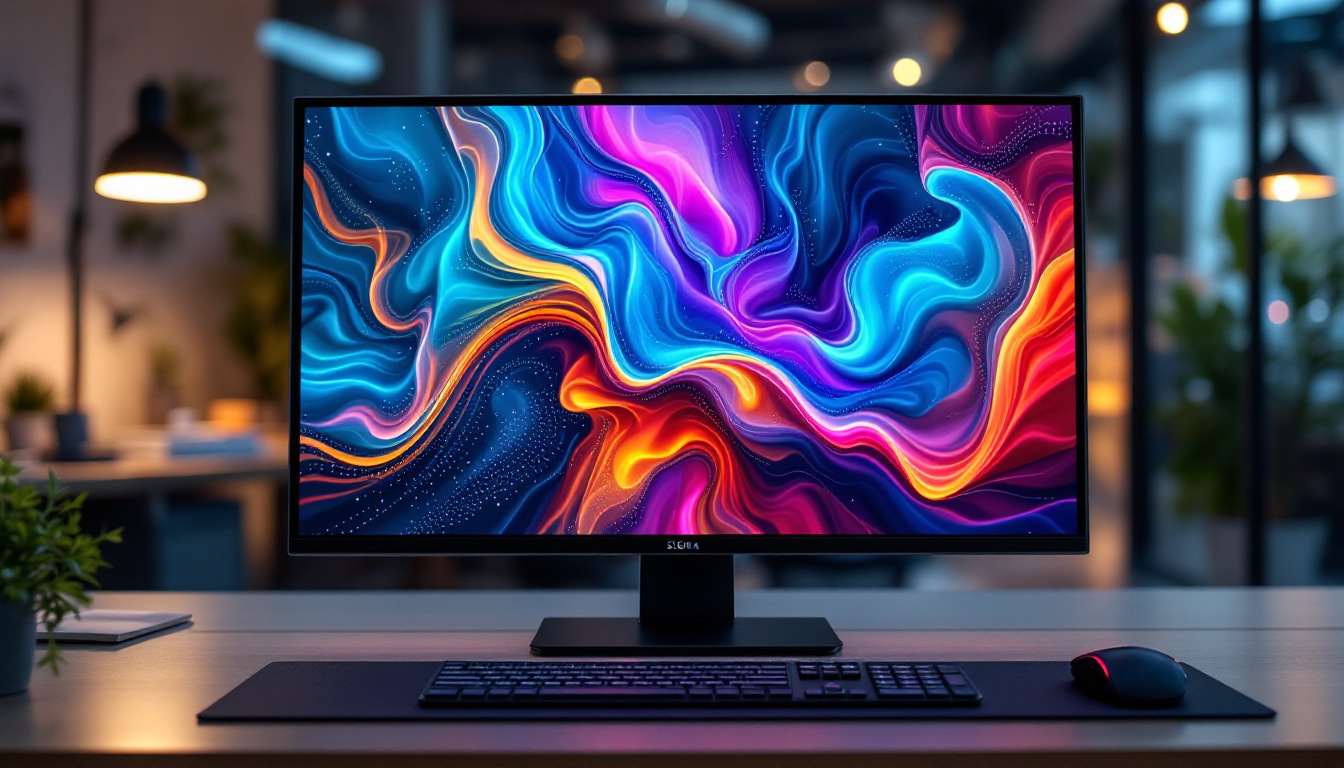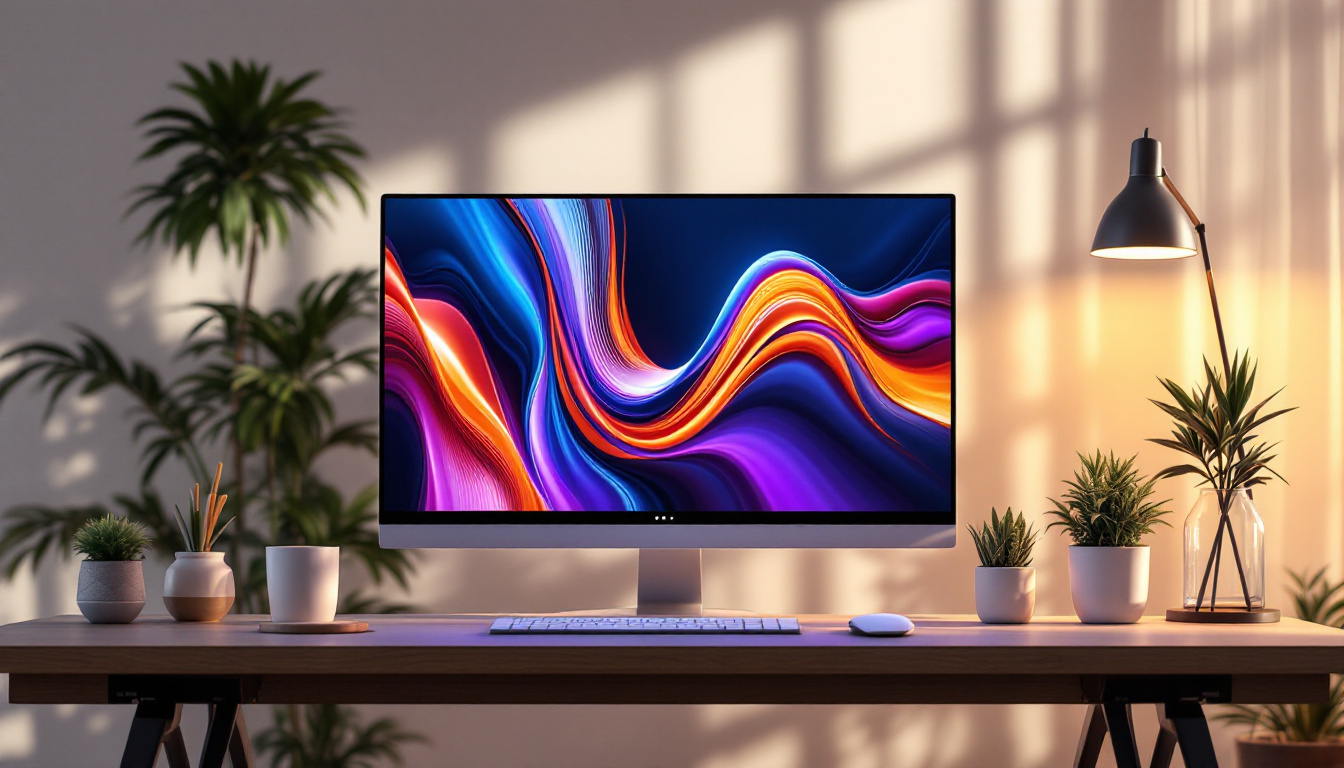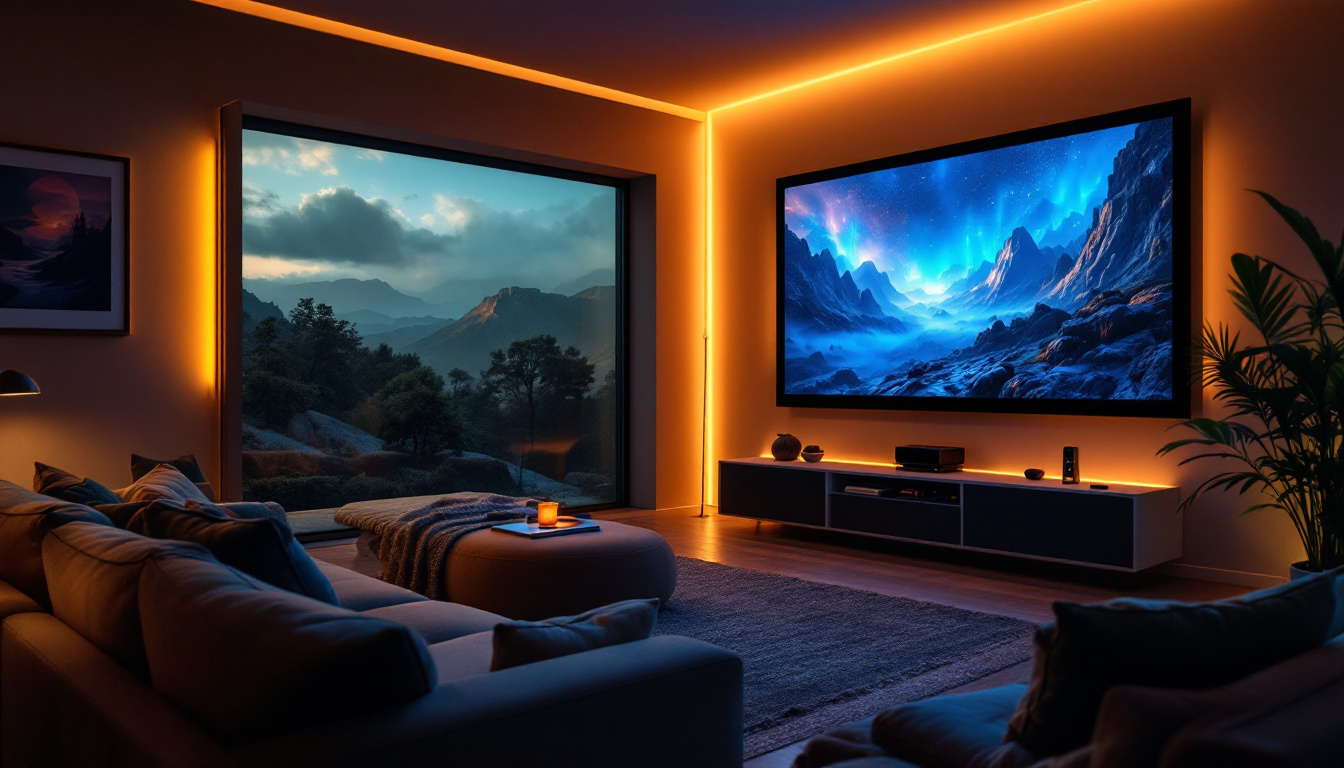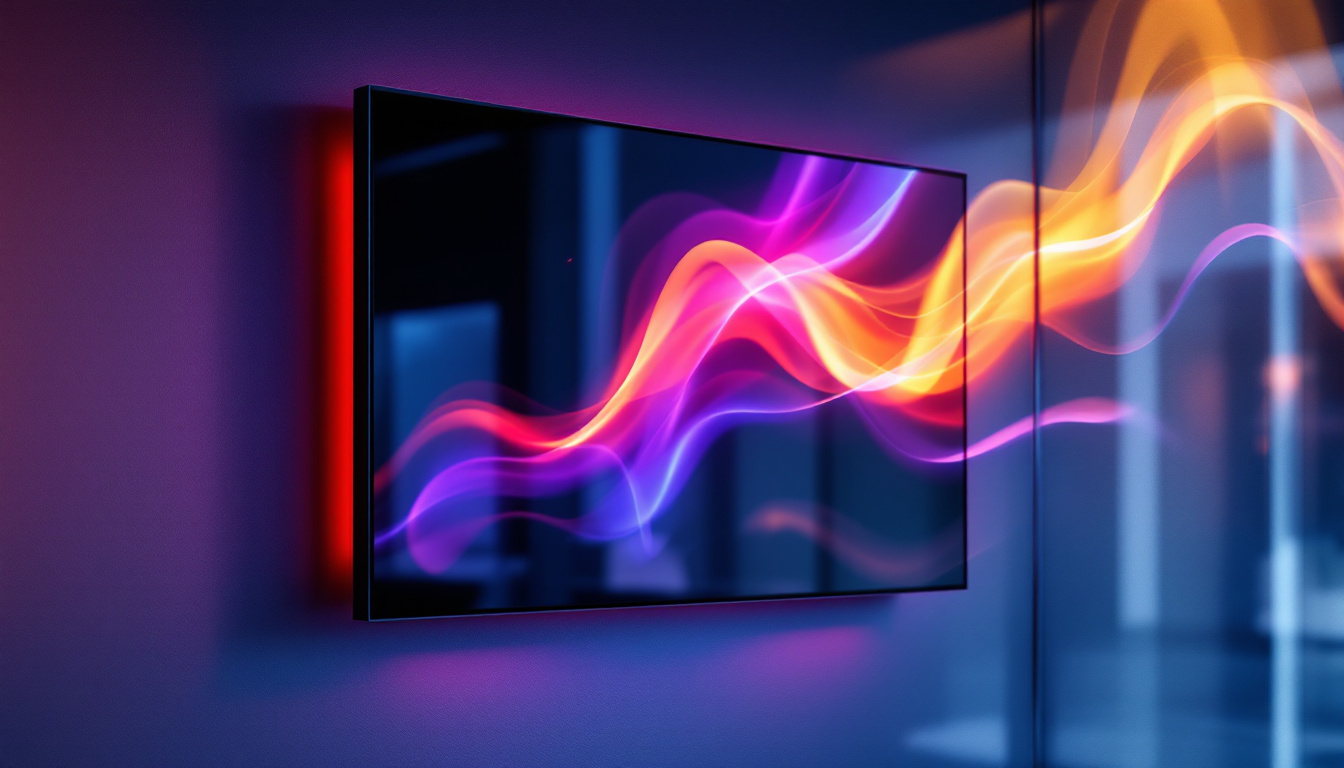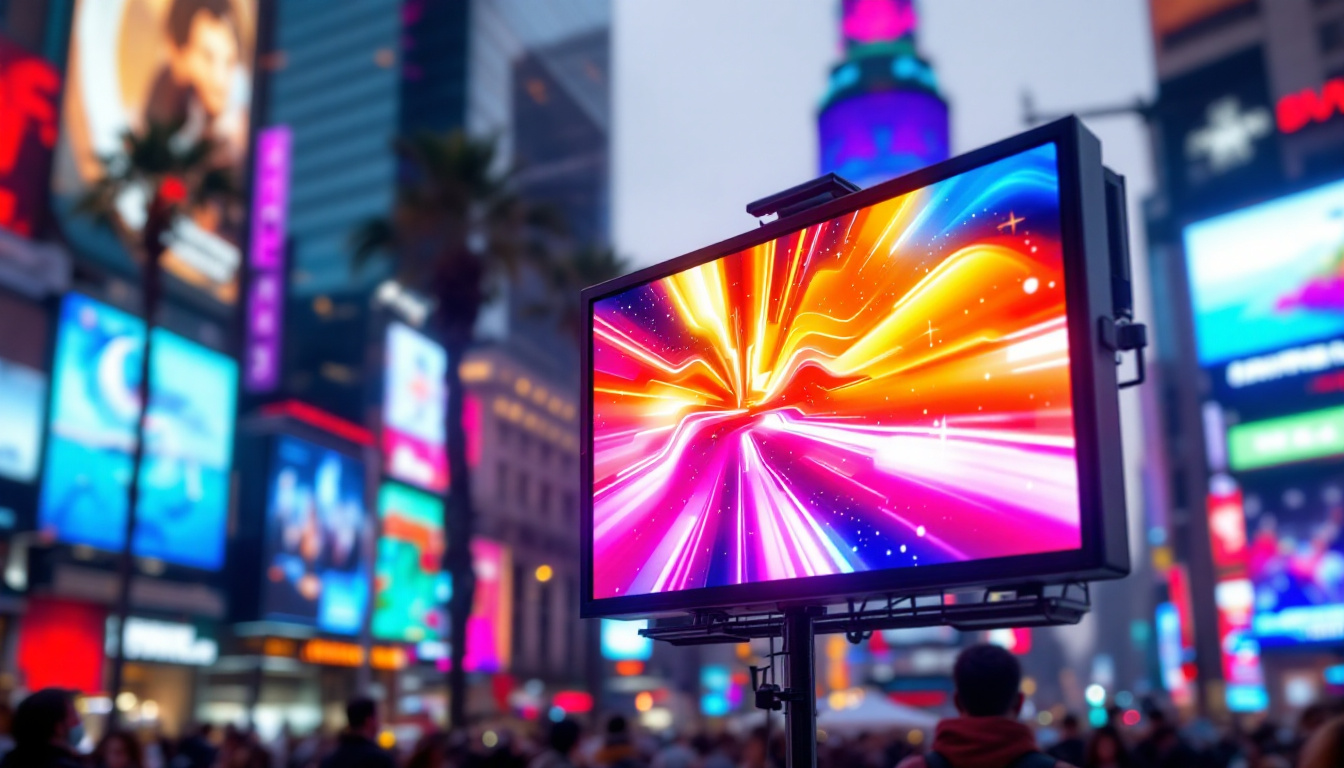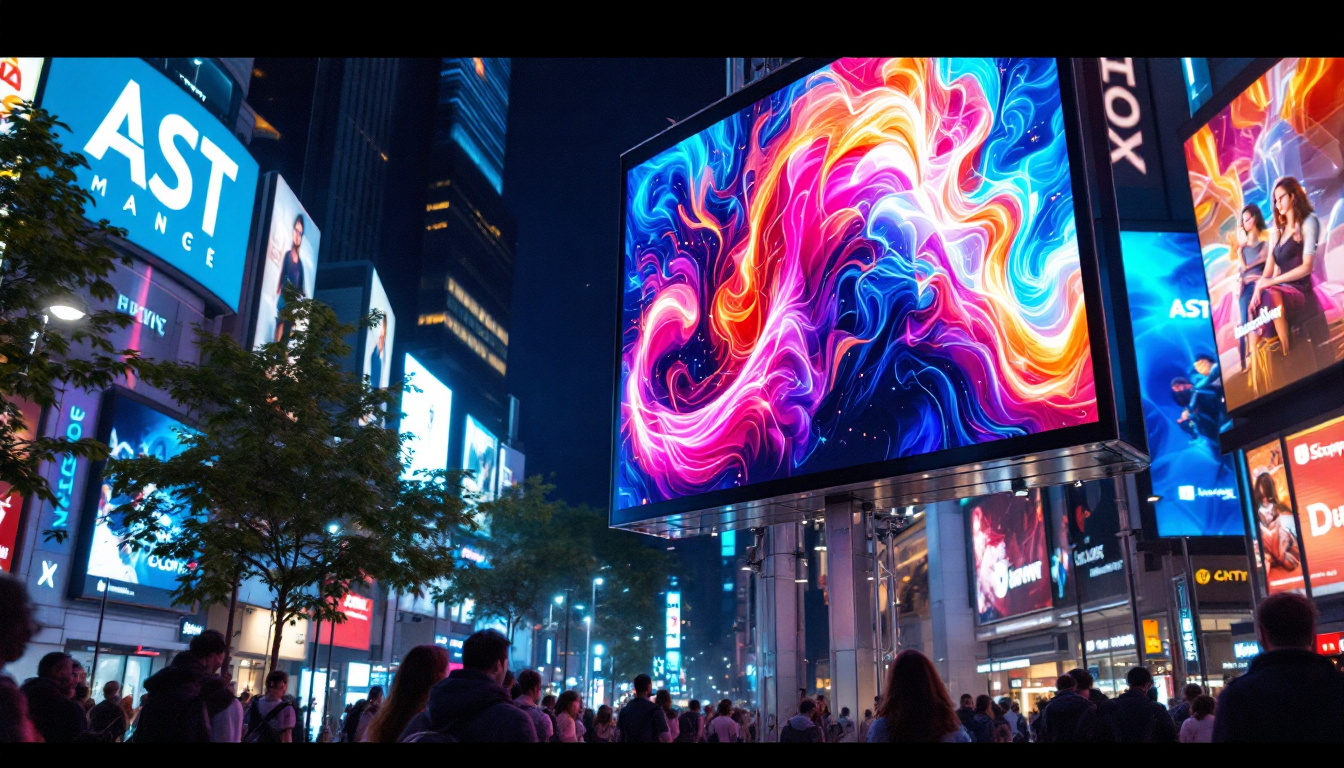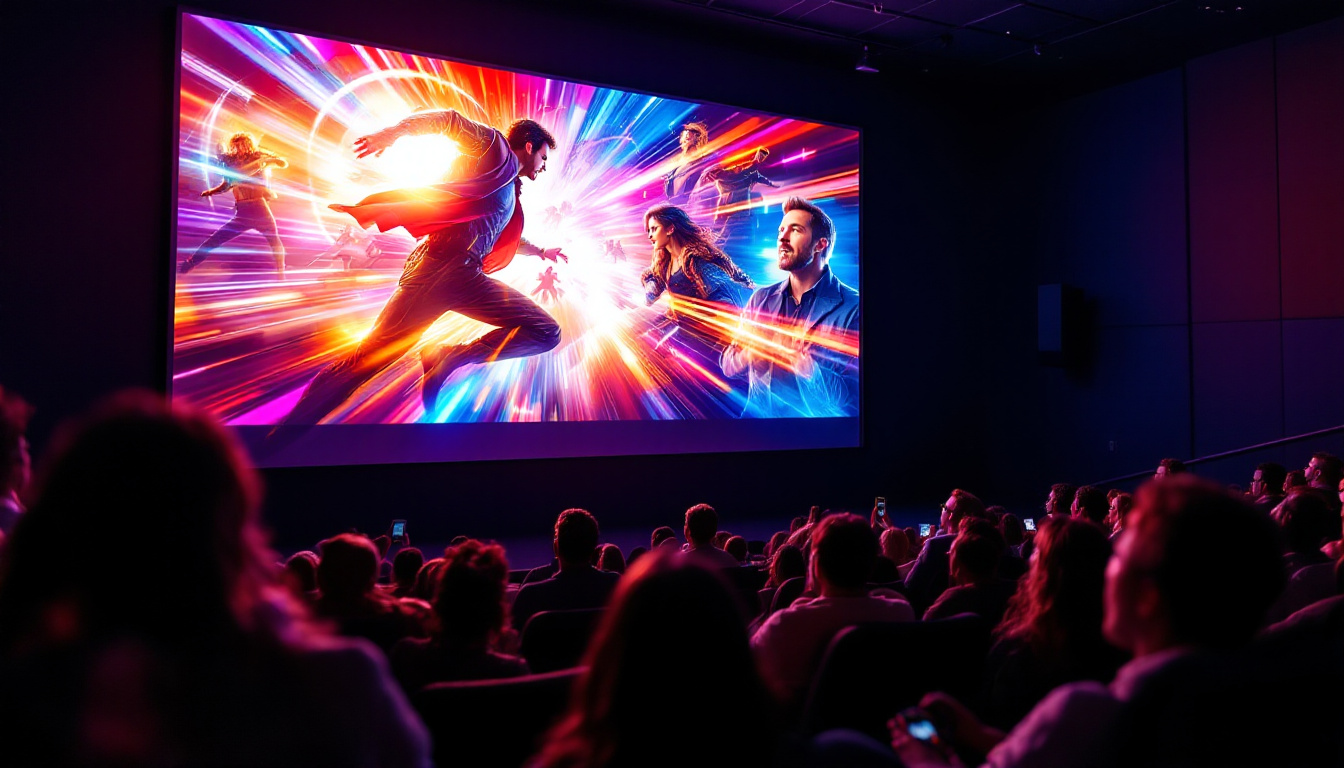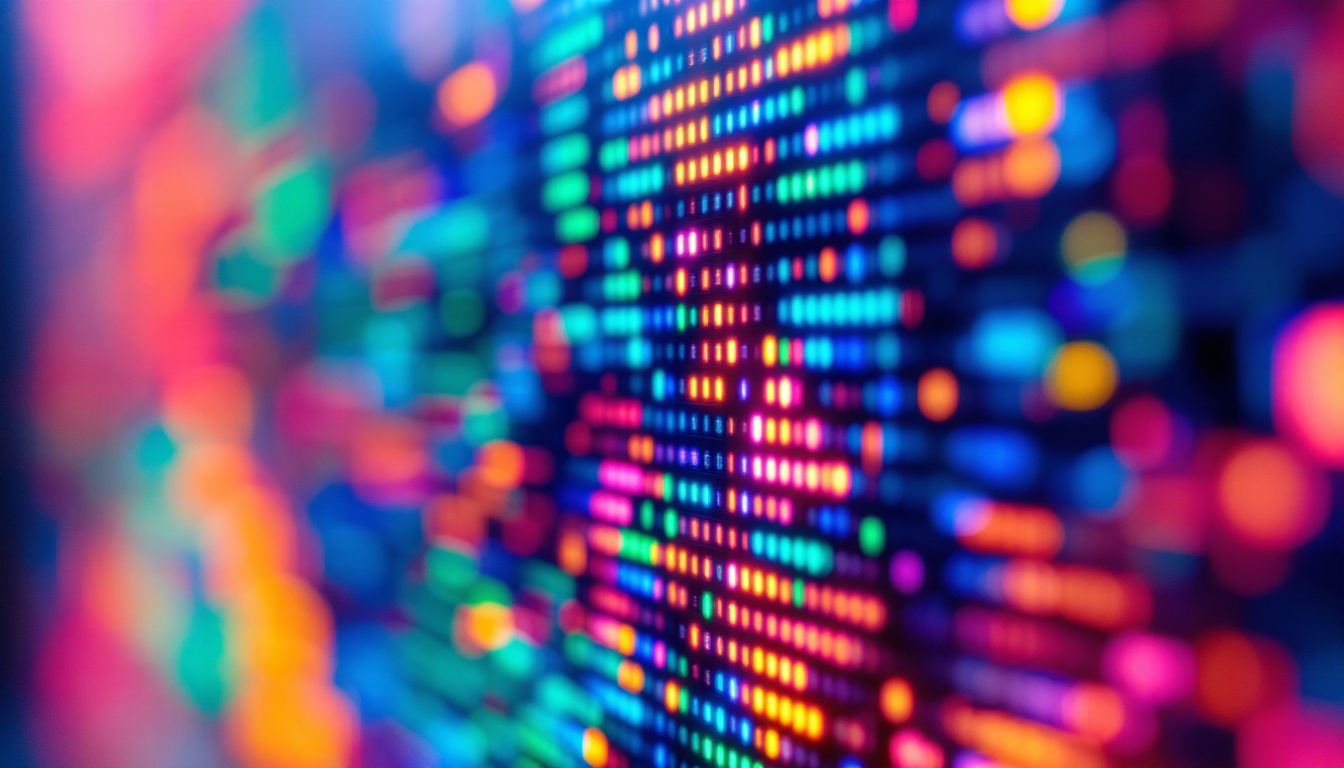In the vibrant city of Tampa, Florida, the demand for high-quality stage rental services has surged, particularly for events that require impressive visual displays. One of the most sought-after features in modern event production is the LED display. This article delves into the intricacies of LED displays, their benefits, and how they can elevate any event in Tampa.
Understanding LED Displays
LED displays, or Light Emitting Diode displays, are a form of digital screen technology that has revolutionized the way information and visuals are presented. They are widely used in various settings, from concerts and corporate events to trade shows and sporting events. The technology behind LED displays allows for vibrant colors, high brightness, and excellent visibility, making them ideal for both indoor and outdoor applications. Their ability to deliver high-quality visuals in real-time has made them a preferred choice for advertisers looking to capture the attention of potential customers in crowded environments.
How LED Displays Work
At the core of an LED display are tiny diodes that emit light when an electric current passes through them. These diodes are arranged in a grid format, forming pixels that can change color and intensity. The combination of these pixels creates dynamic images and videos that can capture the audience’s attention. The technology behind these displays also allows for rapid refresh rates, ensuring that images remain sharp and clear even during fast-moving content, such as sports highlights or live performances.
LED displays can be categorized into two main types: direct view and projection. Direct view displays are made up of individual LED modules that create a seamless image, while projection systems use a light source to project images onto a screen. Direct view LED displays are more commonly used for stage rentals due to their high brightness and clarity. Additionally, advancements in LED technology have led to the development of transparent and flexible displays, opening up new possibilities for creative installations in retail and architectural applications.
Types of LED Displays
There are several types of LED displays available, each designed for specific applications. Some of the most common types include:
- Indoor LED Displays: These displays are designed for use in enclosed spaces, such as conference rooms or theaters. They typically have a higher pixel density, resulting in sharper images viewed from shorter distances. This makes them ideal for presentations, corporate meetings, and entertainment venues where detail is paramount.
- Outdoor LED Displays: Built to withstand the elements, outdoor displays are brighter and more durable. They are ideal for concerts, festivals, and sporting events, where visibility is crucial. These displays often feature protective coatings to guard against rain, dust, and UV rays, ensuring longevity and consistent performance in various weather conditions.
- Mobile LED Displays: These are portable screens mounted on trailers or trucks, making them perfect for events that require flexibility and easy transport. Mobile LED displays are often used for advertising campaigns, parades, and public announcements, providing a dynamic platform that can be easily relocated to reach different audiences.
In addition to these common types, there are also specialized LED displays designed for unique applications, such as virtual reality environments and immersive experiences. These displays often incorporate advanced technologies like 3D mapping and interactive features, allowing users to engage with content in innovative ways. As LED technology continues to evolve, we can expect even more exciting developments that will further enhance the capabilities of these versatile displays.
The Benefits of Using LED Displays for Events
Incorporating LED displays into events offers numerous advantages that can significantly enhance the overall experience for attendees. Here are some of the key benefits:
High Visibility and Brightness
One of the most significant advantages of LED displays is their brightness. Unlike traditional projection systems, LED displays can maintain high visibility even in bright outdoor conditions. This ensures that all attendees, regardless of their location, can enjoy the visuals being presented. Furthermore, the clarity of the images and videos displayed on LED screens is often superior, with vibrant colors and sharp contrasts that captivate the audience’s attention. This high level of visibility can be particularly beneficial during large-scale events, such as concerts or festivals, where the audience is spread out over a wide area.
Dynamic Content Capabilities
LED displays can showcase a wide range of content, from live video feeds to pre-recorded presentations and animations. This versatility allows event organizers to tailor their visual content to suit the theme and objectives of the event. The ability to change content on-the-fly also enables real-time updates and engagement with the audience. For instance, during a corporate event, organizers can seamlessly switch between different presentations, highlight social media interactions, or even display audience polls, creating an interactive experience that keeps attendees engaged and invested in the event. This dynamic capability not only enhances the entertainment value but also reinforces the messaging and branding of the event itself.
Energy Efficiency
Another advantage of LED technology is its energy efficiency. LED displays consume significantly less power compared to traditional lighting and projection systems. This not only reduces operational costs but also aligns with environmentally friendly practices, making it a wise choice for eco-conscious event planners. Additionally, the longevity of LED displays means that they require less frequent replacements, further minimizing waste and contributing to sustainable event management. As more organizations prioritize sustainability, utilizing LED displays can enhance their reputation as environmentally responsible entities, appealing to an audience that values green initiatives.
Enhanced Audience Engagement
In addition to their visual impact, LED displays can significantly enhance audience engagement. By integrating interactive elements such as touch screens or QR codes, event organizers can create immersive experiences that encourage attendees to participate actively. For example, interactive polls displayed on LED screens can provide instant feedback, allowing the audience to feel involved in the discussion. This level of interactivity not only fosters a sense of community among attendees but also helps to create memorable experiences that resonate long after the event has concluded. Moreover, the use of LED displays for social media walls can encourage attendees to share their experiences in real-time, further amplifying the event’s reach and impact.
Choosing the Right LED Display for Your Event
When selecting an LED display for an event, several factors must be considered to ensure the best fit. Understanding the specific requirements of the event will help in making an informed decision.
Event Type and Venue
The type of event and the venue play a crucial role in determining the appropriate LED display. For instance, an outdoor music festival may require a large, high-brightness display, while an indoor corporate meeting may benefit from a smaller, high-resolution screen. Assessing the venue’s layout and audience size will help in selecting the right size and type of display.
Content Requirements
Consideration should also be given to the type of content that will be showcased on the LED display. If the event involves a lot of dynamic video content, a higher resolution display may be necessary to maintain image quality. Conversely, if the display is primarily for static images or text, a lower resolution may suffice.
Budget Constraints
Budget is often a determining factor in the selection of an LED display. While investing in high-quality displays can enhance the overall experience, it is essential to balance quality with budget constraints. Researching rental options and comparing prices can help in finding a suitable solution without compromising on quality.
Setting Up an LED Display
Once the appropriate LED display has been selected, the next step is the setup process. Proper installation is crucial to ensure optimal performance and safety during the event.
Installation Considerations
When setting up an LED display, several factors must be taken into account. The display should be positioned at an appropriate height and angle to ensure maximum visibility for the audience. Additionally, ensuring that the display is securely mounted is essential to prevent any accidents during the event.
Technical Support
Having technical support on-site during the event can alleviate potential issues that may arise with the LED display. This includes troubleshooting any connectivity problems, managing content playback, and ensuring that the display operates smoothly throughout the event.
Case Studies: Successful Events Using LED Displays in Tampa
Tampa has hosted numerous events that have successfully utilized LED displays to enhance the overall experience. Here are a few notable examples:
Local Music Festivals
Music festivals in Tampa have increasingly incorporated LED displays to create immersive experiences for attendees. For instance, the Gasparilla Music Festival featured multiple LED screens that showcased live performances, artist interviews, and interactive content, significantly enhancing audience engagement.
Corporate Events and Conferences
Corporate events in Tampa have also embraced LED technology to deliver impactful presentations. The Tampa Bay Business Journal’s annual awards ceremony utilized LED displays to present award nominees and winners, creating a visually appealing and professional atmosphere that resonated with attendees.
Sporting Events
Sporting events at venues like Amalie Arena have leveraged LED displays to enhance the fan experience. During games, large LED screens are used to showcase live action, replays, and fan interactions, ensuring that all spectators enjoy the action, regardless of their seating location.
Future Trends in LED Display Technology
The world of LED display technology is constantly evolving, with new advancements emerging regularly. Understanding these trends can help event planners stay ahead of the curve and make informed decisions for future events.
Increased Resolution and Pixel Density
As technology advances, LED displays are becoming increasingly high-resolution. This trend allows for more detailed and sharper images, which is especially beneficial for events that rely heavily on visual content. Higher pixel density also means that displays can be viewed comfortably from closer distances, enhancing the overall experience.
Integration with Augmented Reality (AR)
Another exciting trend is the integration of LED displays with augmented reality. This technology allows for interactive experiences where attendees can engage with the content in real-time. For example, event organizers can overlay digital information onto the physical environment, creating a unique and immersive experience.
Eco-Friendly Innovations
As sustainability becomes a priority for many event planners, the LED display industry is responding with eco-friendly innovations. Newer models are designed to be more energy-efficient and made from recyclable materials, aligning with the growing demand for environmentally responsible solutions.
Conclusion
In conclusion, LED displays have become an integral part of event production in Tampa, Florida. Their ability to deliver high-quality visuals, engage audiences, and adapt to various event types makes them a popular choice for event planners. By understanding the different types of LED displays, their benefits, and how to effectively incorporate them into events, organizers can significantly enhance the attendee experience.
As technology continues to evolve, staying informed about the latest trends and innovations in LED display technology will ensure that events remain cutting-edge and memorable. Whether it’s a music festival, corporate conference, or sporting event, the right LED display can transform any occasion into an unforgettable experience.
Discover LumenMatrix’s Innovative LED Solutions
Ready to elevate your next Tampa event with unparalleled visual displays? Look no further than LumenMatrix, where innovation meets excellence in LED display technology. From Indoor and Outdoor LED Wall Displays to Custom and All-in-One LED solutions, LumenMatrix offers a wide array of modules designed to captivate your audience and amplify your message. Embrace the future of visual communication with our LED Transparent Displays and other cutting-edge products. Check out LumenMatrix LED Display Solutions today and transform your event into a visually stunning experience that leaves a lasting impression.

